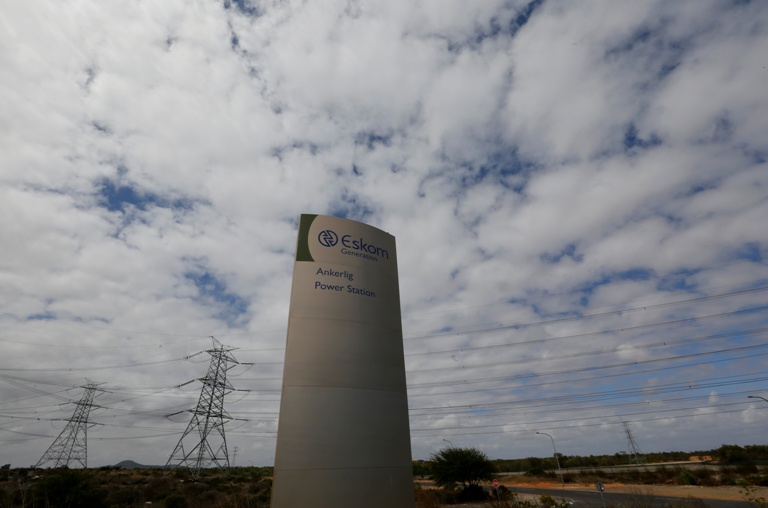
Eskom Rescue Package Focus for South Africa’s Budget
A rescue package for Eskom, South Africa’s most important state firm, is expected to dominate Finance Minister Tito Mboweni’s budget speech on Wednesday, with the struggling power utility at risk of collapse without a large bailout. Eskom supplies 90 percent of South Africa’s electricity but is drowning in 420 billion rand ($30 billion) of debt […]

A rescue package for Eskom, South Africa’s most important state firm, is expected to dominate Finance Minister Tito Mboweni’s budget speech on Wednesday, with the struggling power utility at risk of collapse without a large bailout.

Eskom supplies 90 percent of South Africa’s electricity but is drowning in 420 billion rand ($30 billion) of debt after a decade of financial decline marred by corruption scandals and mismanagement.
It carried out some of the worst power cuts in several years last week and is cited by ratings agencies as the biggest risk to the economy as it no longer generates enough profit to meet its over 25 billion rand a year of finance costs.
President Cyril Ramaphosa pledged to split Eskom into three entities this month and said financial support measures would be contained in Mboweni’s speech.
In December, Eskom’s chairman asked the government to take 100 billion rand of the company’s debt onto its balance sheet, but Ramaphosa said other options needed to be considered.
“Eskom will obviously dominate the budget, and we remain of the view that the government is unlikely to agree to the 100 billion rand bailout that Eskom is hoping for,” said Darias Jonker, director for Africa at the Eurasia Group consultancy.
Mboweni’s room for manoeuvre is limited by a large fiscal deficit which means there is little spare cash in the budget.
He is also at pains to preserve South Africa’s last investment grade credit rating from Moody’s, which is expected to review the rating next month.
Mboweni’s options include the state agreeing to pay some or all of Eskom’s debt-servicing costs, or cash injections spread over a period of several years. The money could come from tax hikes, unspent money from previous budgets which the finance ministry has on deposit or government bond issuance.
Analysts have cautiously welcomed Ramaphosa’s plan to split Eskom as a sign the government is finally addressing the firm’s monopolistic structure, but they want to see evidence that officials will take tough decisions like trimming its bloated workforce.
($1 = 14.1093 rand)
(Writing by Alexander Winning; Editing by Angus MacSwan)
